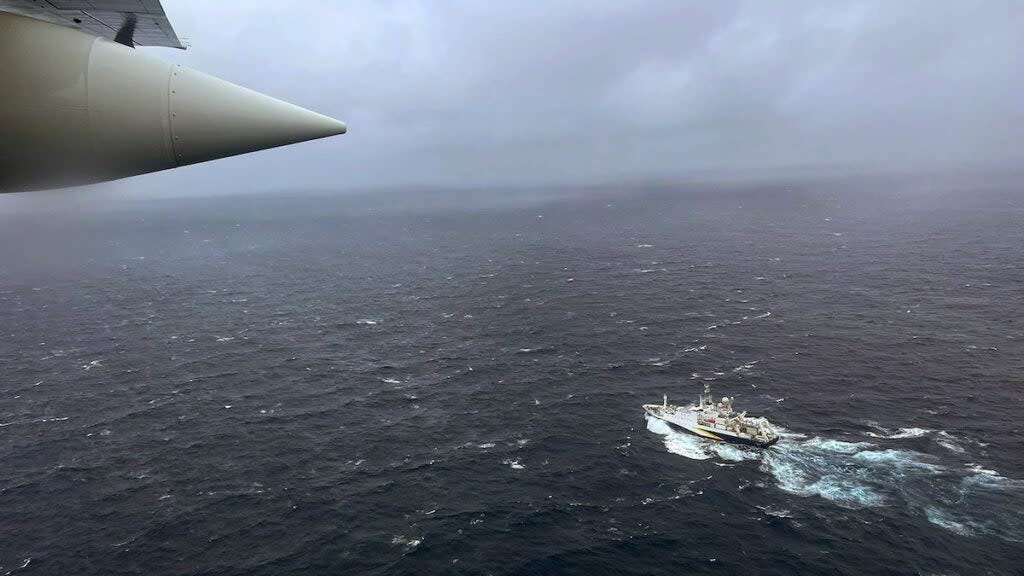Missing Titanic Submersible Passengers Believed Dead: ‘These Men Were True Explorers’

The private company responsible for the missing Titan submersible that was exploring the Titanic wreckage said Thursday that all who were aboard are presumed dead.
“We now believe that our CEO Stockton Rush, Shahzada Dawood and his son Suleman Dawood, Hamish Harding, and Paul-Henri Nargeolet, have sadly been lost,” OceanGate said in a statement. “These men were true explorers who shared a distinct spirit of adventure, and a deep passion for exploring and protecting the world’s oceans. Our hearts are with these five souls and every member of their families during this tragic time. We grieve the loss of life and joy they brought to everyone they knew.”
Prior to releasing this statement, U.S. officials announced they had found a “debris field” around the search area.
On Sunday, June 18, the privately held company OceanGate launched the Titan with five passengers on board, including OceanGate’s chief executive and founder Stockton Rush and former French Navy commander and Titanic expert Paul-Henri Nargeolet. For the price of $250,000, passengers — which included British-Pakistani billionaire Shahzada Dawood, his 19-year-old son Suleman Dawood and British billionaire Hamish Harding — were promised they would be able to explore the wreck of the Titanic over an eight-day expedition. Instead, the occupants were quickly met with disaster.
Also Read:
Wife of OceanGate Pilot Is Descendant of Famous Titanic Couple Who Died in Each Other’s Arms
Communication with Titan ceased an hour and 45 minutes into the dive. Typically, it takes the vehicle three hours to reach the Titanic and eight hours to complete the full dive. Throughout this time, the underwater vehicle is supposed to emit a ping every 15 minutes and the vessel is able to communicate with the surface crew via short text messages. No additional messages were received after the Titan’s 11:15 a.m. ping. It also missed its scheduled resurfacing time of 4:30 p.m. Several hours later, at 7:10 p.m., the U.S. Coast Guard was notified of missing submersible.
When it first set out, the submersible had a breathable air supply that was estimated to last 96 hours for five people. Many believed that oxygen would have been depleted the morning of Thursday, June 22.
Since the Titan has gone missing, many alarming facts about the vessel’s safety have emerged. Because it operated in international waters, the sub was not certified as seaworthy by any regulatory agency. There was also no on-board navigation system on the sub, which was controlled by a Logitech F710 Bluetooth game controller. “CBS Sunday Morning” correspondent David Pogue boarded the sub in 2022 and detailed his hesitations about the vehicle at the time.
Despite these concerns, Pogue also told NPR that the submersible had seven different ways to return to the surface should disaster strike.
A variety of international teams joined together to search for the missing submersible, including the U.S. Coast Guard, the U.S. Navy and the Canadian Coast Guard as well as aircrafts from the Royal Canadian Air Force, the U.S. Air National Guard. Additionally, several commercial and research ships were involved in the search.
Also Read:
CBS Reporter David Pogue Recalls That the Titan Submersible Raised ‘Many Red Flags’ (Video)


